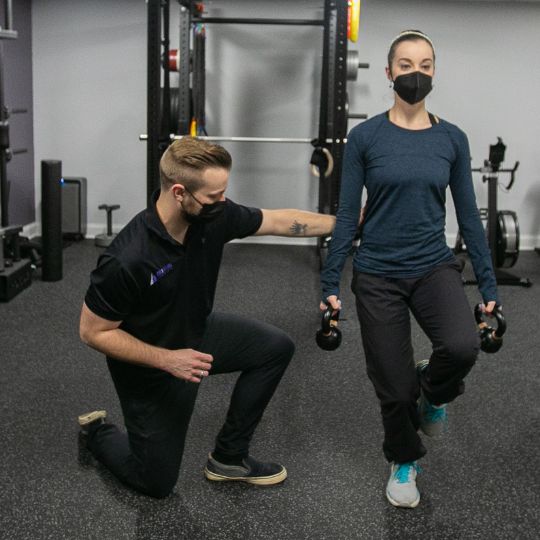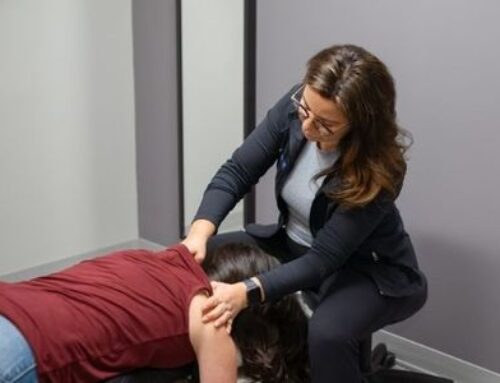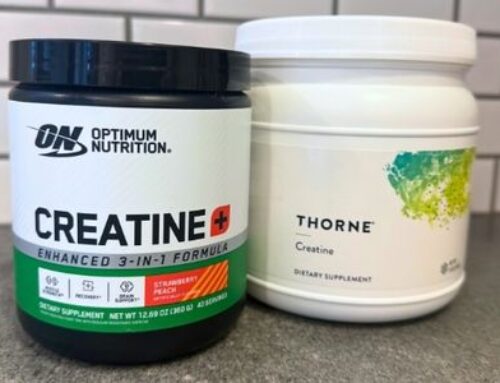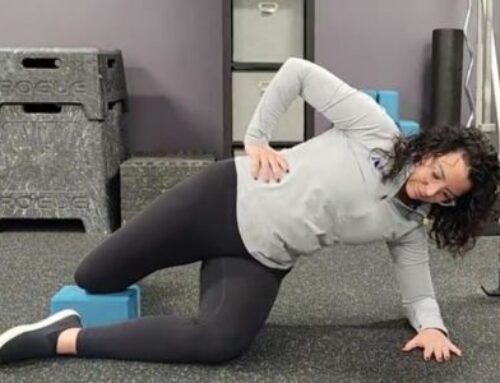Acetabular labral tears are a fairly common injury among dancers. I’m going to break down the anatomy of the hip joint, the pathomechanics involved in this type of injury as well as what treatment and recovery might look like.
Anatomy of the Hip Joint
The hip, which connects the leg to the pelvis, is a fairly simple joint to understand from the anatomical standpoint. Known formally as the femoroacetabular joint, the hip is composed of effectively two bones and a shock absorber. Technically, the hip involves four bones because the pelvis is actually the result of three different bones fusing together: the Ilium, the Ischium, and the Pubis. The Ilium is that large, prominent bone that you can feel on the side of your hip. The Ischium, which you can feel when sitting on a hard chair. And the Pubis, simply known as the pubic bone. These bones are separate when we’re born, but fuse together as we age.
The point where all three hip bones converge is a bony landmark called the Acetabulum. If you’re thinking about the hip joint as a ball and socket joint, the Acetabulum is the socket. Connecting to the Acetabulum is the Femur. The femur is your leg bone and at the top of the femur is the femoral head, this is the ball in the ball and socket joint.
Between the femoral head and the acetabulum is the acetabular labrum. This is a horseshoe shaped piece of cartilage that functions as a shock absorber for the hip. Think of the acetabular labrum as the meniscus of the hip. Like the meniscus in the knee, the acetabular labrum receives little blood supply. This means that natural repair is difficult if not impossible. Most injuries that occur in dancers happen via the same pathomechanics but in a different joint.
How Injury Occurs
Generally speaking, acetabular labral tears occur following intense torsional force or sudden and unexpected rotation or pivoting movements. In non- dancer athletes, these injuries are a sudden occurrence. For example, a soccer player maneuvering around an opposing player or a football player getting tackled at the knee. The same cannot always be said about dance injuries.
A dancer may very appear to experience a “sudden, traumatic” acetabular labrum tear as a result of rotational force. They may experience burning, sharp pain, or locking deep within their groin or hip socket signaling that the labrum has torn. Dance injuries are more complex due to prolonged turnout at the barre slowly increasing stress and laxitiy on the medial meniscus over time. Similarly, stretching through oversplits results in derangement and increased flexibility of the hip joint. Increased flexibility without strength leads to instability and possible injury. Years of training to gain that perfect 180 degree turnout and hip hyperflexibility without proper training and conditioning puts you at risk for injury.
Surgical Care vs. Conservative Care
There are three options for surgical care: debridement, repair, and reconstruction. Debridement involves a surgeon cuts away the damaged aspects of the acetabular labrum. Repair involves a surgeon stitches together a torn acetabular labrum and reattaches it. Reconstruction involves a surgeon removing the irreparable part of the acetabular labrum and replacing it with either tissue from another part of your body (an autograph) or tissue from a cadaver (an allograph). Following surgery, you’ll undergo a rehabilitative program to restore motion and strength to the hip. Conservative care skips straight to the rehabilitative program. Plasma Rich Platelet injections can be used in conjunction with both the surgical and conservative options to enhance the effect of either.
There is no one size fits all treatment model for acetabular labrum tears. Do your research and work with your healthcare provider to find the best option for you and your specific labral tear. Failing to properly rehabilitate a torn labrum for dance will result in a much higher chance for reinjury so be sure to find a provider that understands dancers. If you’re in need of a health care provider experienced in dance and dance injuries, I am accepting new patients. Book an appointment with me HERE.





